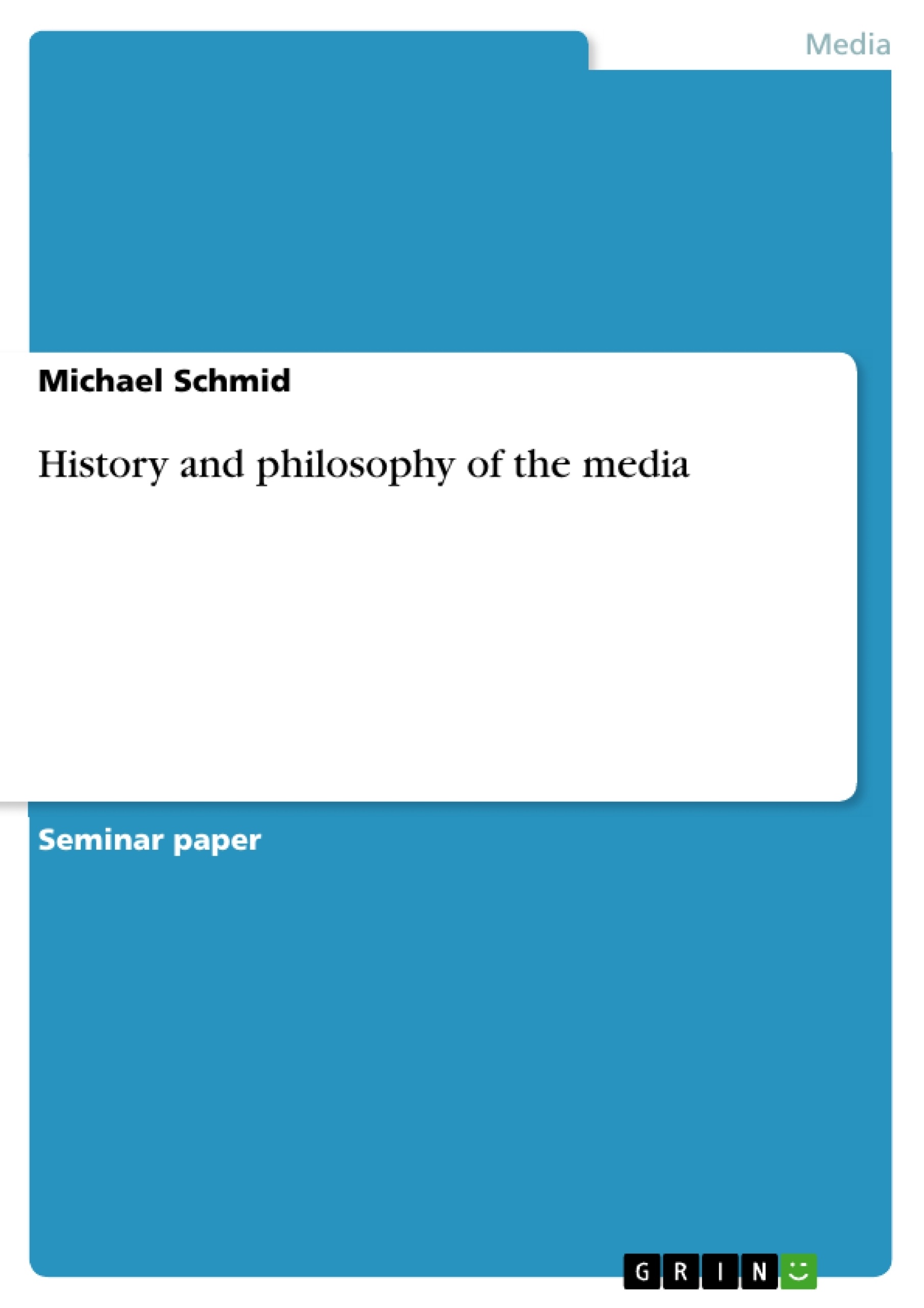“One can choose to study fish or one can choose to study the environment they swim in.” One of the reviewers for the recent book Elusive Consumption Eric J. Arnold summed up the two approaches of market research with his nice little illustration. He goes on to say “many traditional academic market researchers are like those who study the fish. Contributors to this volume [Elusive Consumption] are like those who opt to study the water. One can argue about which approach leads to catching more fish. My bet lies with those who explore the environment.” For him, it is evident that the only way one can come close to evaluating the interaction between consumers and market forces is by focusing on the “environment” the consumer finds himself in. That is exactly what the authors of the book Elusive Consumption found out after extended research. There are certainly critics who oppose this view and want to see more attention paid to the consumer and his habits and behavior. The interesting figure in this problem is the definition of this “environment” the consumer is situated in.
This essay attempts to present some of these definitions of environment and theories of the relationship (if any) between consumer and market. What are the factors that come into play and influence consumer behavior and how has that question tried to be answered in the past. What role do advertisements play specifically in this context? The main argument of this paper is that there is no such thing as an overarching theory when it comes to identifying reasons for consumption just as there is no homogenous audience in relationship with the product being offered. In fact, this argument challenges the notion of a dual relationship between consumer and product, between message and receiver and supports more the idea of multiple factors that all come together in this highly complex interplay of decisions and reasons.
Inhaltsverzeichnis (Table of Contents)
- Historical Roots of Consumer Culture
- Department Stores and the Rise of Mass Consumption
- Fashion and the Construction of Social Status
- The Role of Transportation and Advertising in Shaping Consumption
- The Influence of Advertisements and Mass Media on Consumer Behaviour
- The Limitations of One-Dimensional Models of Consumer Culture
- The Complexity of Consumer Decision-Making: Multiple Influences at Play
- The Environment of Consumption
- The Role of Advertising in Shaping the Consumer Environment
- The Power of Family, Friends, and Religion in Influencing Consumer Decisions
- Rational and Irrational Consumer Behaviour
- The Phenomenon of Collectors and Gift Purchases
Zielsetzung und Themenschwerpunkte (Objectives and Key Themes)
This essay aims to provide a comprehensive overview of the development of American consumer culture, tracing its roots and examining the factors that contribute to consumer behaviour. It explores various theories and models of communication and consumption, analyzing the influence of advertisements and the complexities of consumer decision-making. The essay challenges the notion of a simple dual relationship between consumer and product, emphasizing the interplay of multiple factors that shape consumer choices.
- The historical development of consumer culture in the United States
- The role of advertisements and mass media in shaping consumer behaviour
- The limitations of one-dimensional models of consumer culture
- The complexity of consumer decision-making and the interplay of multiple factors
- The changing role of the consumer in a mass consumption society
Zusammenfassung der Kapitel (Chapter Summaries)
- The essay begins by outlining the historical roots of American consumer culture, highlighting the shift from traditional values to a market-oriented culture driven by individual satisfaction and pleasure. This change is traced from the early American community life to the emergence of department stores, transportation, and advertising in the late 19th and early 20th centuries.
- The essay further explores the role of department stores in transforming the act of shopping, emphasizing the display of mass-produced goods and the rise of a more anonymous consumer audience. The changing emphasis from selling a good product to presenting it well is also discussed, highlighting the importance of "eye-catching" appeal in advertising.
- The influence of fashion and transportation in constructing social status and shaping consumer choices is examined. The essay highlights the shift from birthright and personality to consumer products as markers of social standing, with department stores, transportation networks, and newspaper advertisements playing crucial roles in this transformation.
- The essay then delves into the influence of advertisements on consumer behaviour, analyzing various theories and models of communication. From the "hypodermic needle" theory, which assumes a powerful media influencing passive audiences, to more nuanced models recognizing audience agency and the interplay of multiple factors, the essay provides a critical overview of different perspectives on the power of advertising.
- The essay further examines the complexities of consumer decision-making, highlighting the limitations of one-dimensional models that assume a simple dual relationship between consumer and product. It argues that multiple forces, including family, friends, religion, the media, and personal experiences, all contribute to shaping individual choices.
Schlüsselwörter (Keywords)
This essay focuses on the development of American consumer culture, examining the role of advertisements, mass media, and various social and economic factors in shaping consumer behavior. Key themes include the historical transition from traditional values to a market-oriented culture, the rise of mass consumption, the impact of advertising on consumer decisions, and the complexity of individual choices in a consumer society. The essay highlights the importance of understanding multiple influences on consumer behavior, challenging simplistic models that overemphasize the power of media or individual choice.
- Quote paper
- Michael Schmid (Author), 2004, History and philosophy of the media, Munich, GRIN Verlag, https://www.grin.com/document/66612



